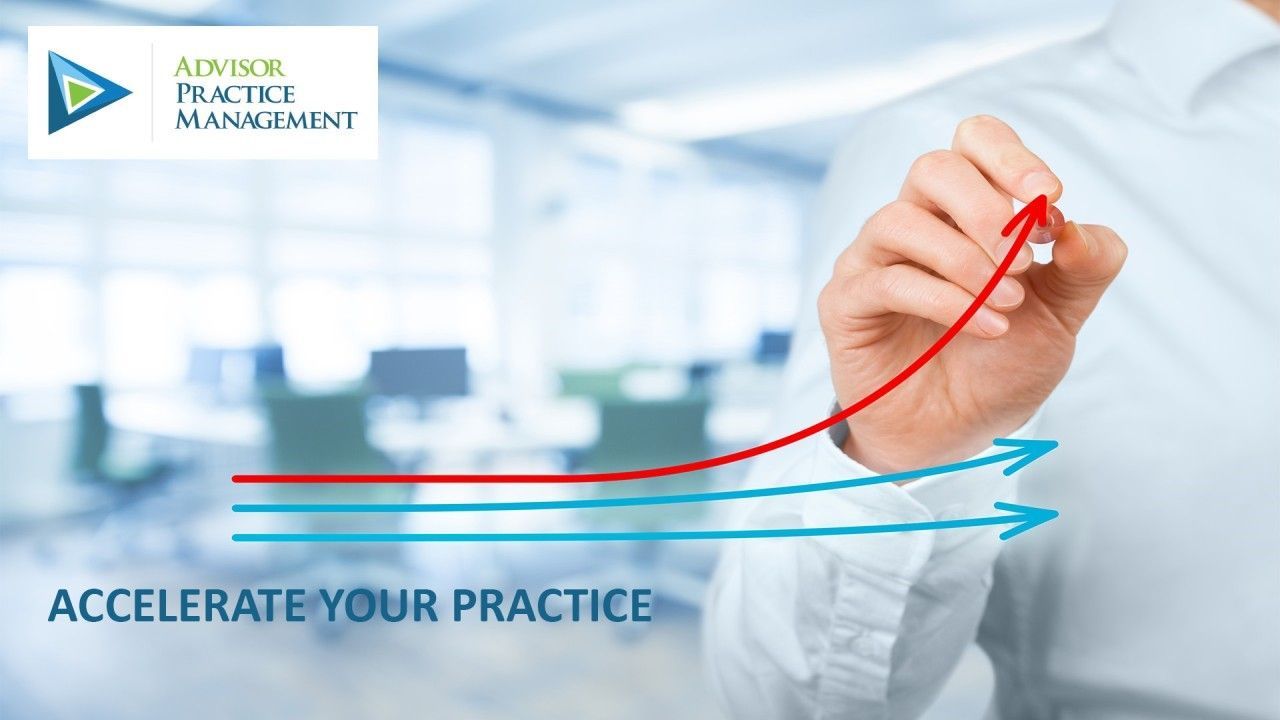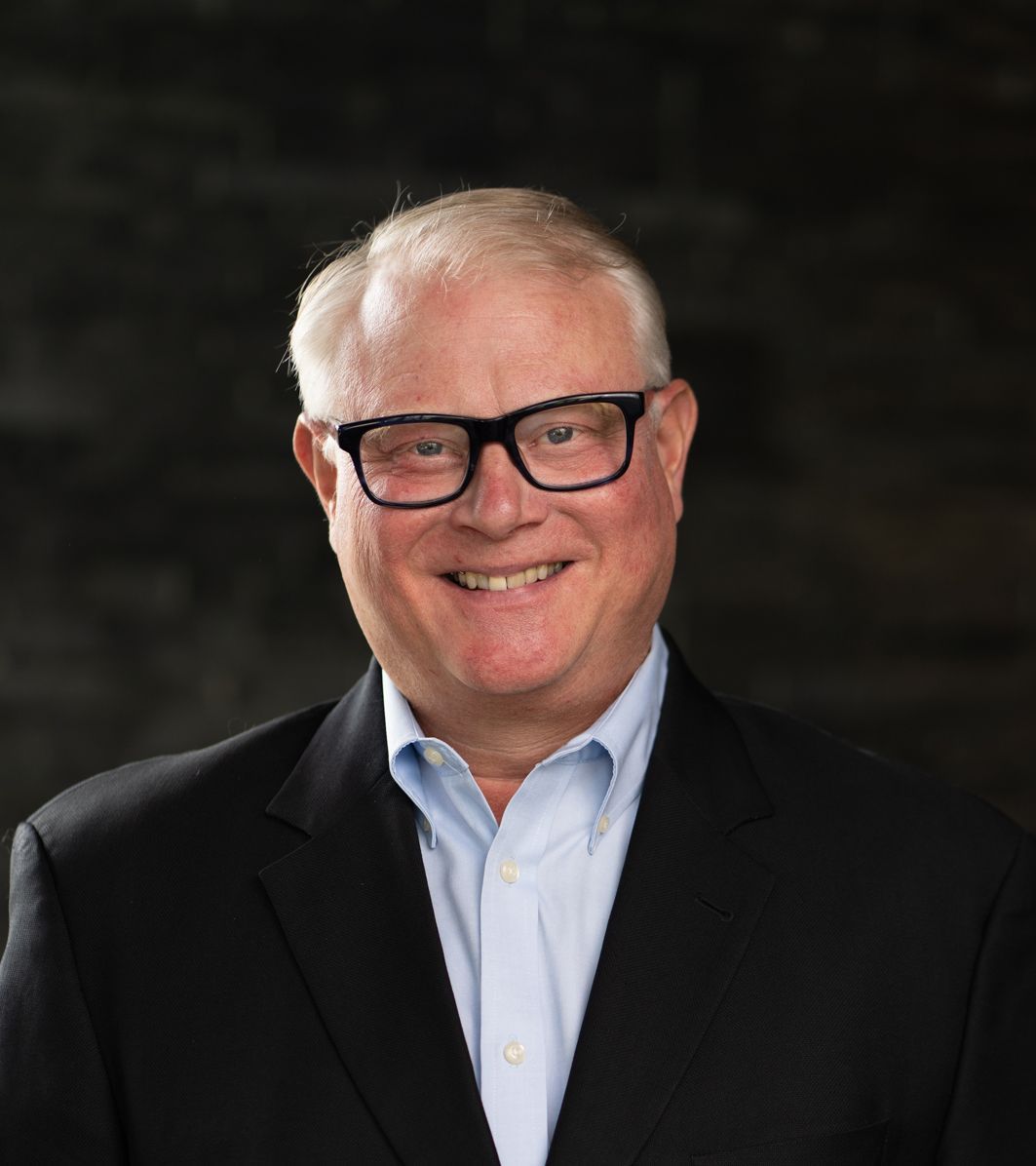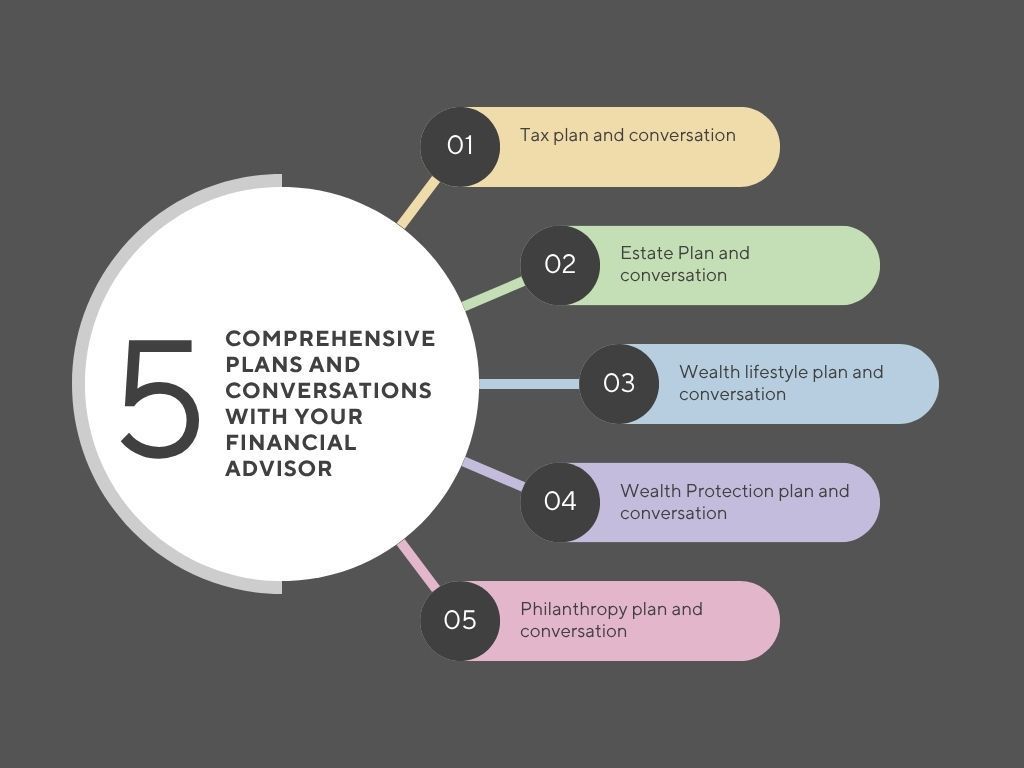A D V I S O R P R A C T I C E M A N A G E M E N T
BLOG
From Solo to Scalable: How Financial Advisors Evolve from a
One-Person Practice to a World-Class Enterprise

From Solo to Scalable: How Financial Advisors Evolve from a One-Person Practice to a World-Class Enterprise
Most advisors don’t build their business. They merely survive it. Growth happens by grit, not by design, and careers unfold more by chance than by strategy. But what if, in just one hour, you could step off random growth mode and start shaping the future of your career with clarity, purpose, and intention? That’s the inspiration for this article. Read on...
In our industry, I’ve had the privilege of shadowing advisors in their offices, studying how they conduct business, serve clients, and lead their teams. How they do business, for the most part, is through sheer hard work and working in the industry.
One of the biggest blind spots I’ve noticed among most advisors is that their growth and evolution have been almost random. When I ask how they got to this point today, I hear lots of comments about trying this or that. I hear “we took a number of wrong turns here and there.” I rarely ever hear an advisor who has been purposeful and intentional about their plans and career trajectory.
Just imagine how much more fun and meaningful it would be to predetermine the balance of your career with just an hour of strategic thinking? This strategic thinking is what inspired the following:
Phase 1: The Solo Advisor | “I am the business.”
This is where most advisors start: one laptop, one phone, one dream. You wear every hat—advisor, admin, marketer, compliance officer, coffee runner.
You’re lean, hungry, and proud to be independent. But you’re also one vacation away from a service breakdown—and a terrifying month away from burnout.
Pros:
- Full control over every decision
- Direct client relationships
- Low overhead
- Pure speed and flexibility
Cons:
- Time becomes your ceiling
- Zero scale
- Clients rely on you, not a process
- Every fire lands on your desk
Sound familiar? Then it’s time to ask yourself: “If I had twice the clients tomorrow, what would break first?” That’s your signal, it’s time to level up.
Phase 2: The Team-Based Practice | “I am no longer the only advisor here.”
You begin to hire. First, an assistant; then a paraplanner; then maybe a junior associate advisor. At this phase, you may decide to form a partnership with a like-minded colleague. You go from doing everything to learning to delegate, train, and trust. This is where leadership begins—not in title, but in mindset. You’re no longer just building a book. You’re building a business.
Pros:
- Increased capacity for growth
- Better service and responsiveness
- Space to focus on clients and strategy
- More time to think ahead, not just respond
Cons:
- People problems become business problems
- You must become a manager and communicator
- Processes are required (winging it won’t scale)
- Profit dips temporarily as you reinvest in infrastructure
Step-by-Step: How to Build a Team-Based Practice
- Identify your bottlenecks. Start with what’s consuming your energy, not generating a return on investment (ROI).
- Hire to free your time. Your first hire should eliminate 80% of your non-client work.
- Systematize your client experience. Build repeatable workflows for onboarding, reviews, and follow-ups.
- Train weekly. Don’t just tell your team what to do. Model the behaviors you want everyone to exhibit. Praise behaviours in others when they align with your vision. Show your team how to “think” and live your vision.
Here’s the test:
If you take two weeks off, will your clients still feel taken care of? If not, you’re still in Phase 1.5.
Phase 3: The Enterprise Firm | “I lead a company that runs without me.”
This is where everything changes. You shift from advisor to CEO. You build a firm with departments, structure, culture, and strategy. Your value is no longer measured by the number of meetings you take, but by the quality of leaders you develop and the scalability of what you’ve built.
You move from being the engine of the business to being its architect.
Pros:
- Scalable revenue with leveraged capacity
- Exit and succession options become real
- Multi-advisor, multi-service business model
- Brand equity beyond your name
Cons:
- Leadership complexity increases
- Vision must be crystal clear, or team alignment suffers
- You may lose “control” in exchange for actual growth
- Your role becomes less about clients, more about people and strategy
Step-by-Step: How to Evolve into an Enterprise
- Develop your leadership bench. Start mentoring your top advisors and managers to lead effectively without your direct supervision.
- Build your org chart 3 years ahead. Design roles and structure before you need them.
- Define your culture intentionally. Values, rituals, service standards—codify them.
- Create CEO space. Block weekly time for strategic planning, innovation, and succession design.
Here’s the question that separates a practice from an enterprise: “If I sold the firm tomorrow, would the clients stay because of the people and process, or only because of me?” When the answer is “the team and experience,” you’ve built something enduring.
The Transformation Isn't Just Tactical—It's Identity
At each level, your skill set must evolve. So must your mindset:
- From doer to delegator
- From advisor to leader
- From indispensable to scalable
- From service provider to visionary builder
Final Thoughts:
Your clients need you to grow. Your team needs you to lead. And your future self is begging you to stop clinging to what’s comfortable—and commit to what’s possible.
This journey—from solo to team to enterprise—isn’t a linear progression. It’s layered. It’s challenging. It’s worth it. And the best part? You don’t have to go it alone anymore.
Your Next 4 Moves:
- Draw your current org chart. Then sketch your dream organizational chart 1,3,5 and 10 years from now. What’s missing?
- Block 2 hours next week to work on the business: people, process, strategy—not just clients.
- Have a 1:1 with your top team member. Ask: “Where do you want to grow? What support do you need from me?”
- Ask “How will I evolve over the next 10 years?” Then list the milestones you need to achieve to get there.
Thank you for reading! This is what we help advisors do every day!
To book a no-obligation appointment with Jeff to discuss practice management or coaching, click https://calendly.com/jeffthorsteinson/30-minute-q-a-explore-apm
Jeff Thorsteinson is a partner in Advisor Practice Management, an organization that helps financial advisors build world-class practices through innovative concepts, tools, and systems. Jeff works with individual advisors, investment dealers, insurance firms, and fund companies. For more information about Advisor Practice Management, contact jeff@jeffthorsteinson.com or 1-800-223-9332, or visit the website at www.apm.coach
Would you like a copy of our Comprehensive Practice Management Checklist for financial advisors?
How About Your Goals for Your Practice in 2025?
While each financial advisor's practice may have a different approach, advisors need to understand where their practice needs help, and will they get the right help for the right part of their practice. What areas does your practice need help with?
Free Resources:
21 Page Technology Checklist to Become a Future-Ready Advisor
Fee Audit Checklist for Ideal Prospects
Updated Comprehensive PracticeManagement Guides
We are here to serve your practice, let’s talk
Contact us to help get clarity around your goals on paper, and have the goals conversation by contacting Jeff at jeff@jeffthorsteinson.com
Regardless if we work together, let’s have a chat and listen to your biggest practice management concerns to help you get clarity around your future business.
To book a NO obligation conversation with me to discuss practice management or coaching click the following link https://calendly.com/jeffthorsteinson/30-minute-q-a-explore-apm and let’s talk.
Jeff Thorsteinson, Grant Hicks and Advisor Practice Management's combined financial advisor clients manage over 8 billion AUM, and earn over $80 million dollars combined!



